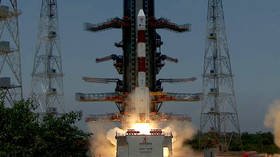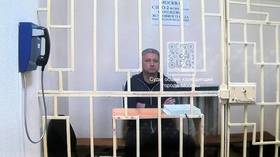India launches probe to Sun

India’s maiden solar mission – Aditya-L1 – was launched on Saturday from the Satish Dhawan Space Centre launch pad on Sriharikota island in the southern state of Andhra Pradesh.
The Indian Space Research Organization’s (ISRO) first solar space observatory was launched aboard the Polar Satellite Launch Vehicle (PSLV) and carries seven different payloads. Four of them will observe the light from the Sun and the other three will measure the parameters of the plasma and magnetic fields.
Ahead of the launch, ISRO chief S Somanath told reporters that the Aditya L1 satellite will take 125 days to reach the Lagrangian point (L1), named after the Italian astronomer Joseph Louis Lagrange.
Following the launch, Aditya-L1 will stay in Earth-bound orbits for 16 days as it conducts five maneuvers to gain the necessary velocity for its journey. The satellite and its payloads will be placed in a fixed orbit of the Sun-Earth system and will continue to travel around the Sun to collect data. According to the ISRO, Aditya-L1 will remain approximately 1.5 million kilometers away from the Earth, which is about 1% of the distance between the Earth and the Sun.
Aditya L1 payloads are expected to provide crucial information to understand solar phenomena, such as the heating of the outermost layer of the Sun’s atmosphere, the corona, as well as the ejection of the magnetic field and plasma from the corona, solar flares, and pre-flare activity.
As RT reported earlier, the data collected from the solar probe will help India train astronauts for the Gaganyaan mission – the country’s first human spaceflight program, for which trials will begin in October.












